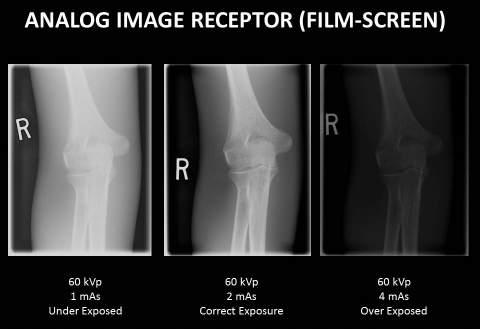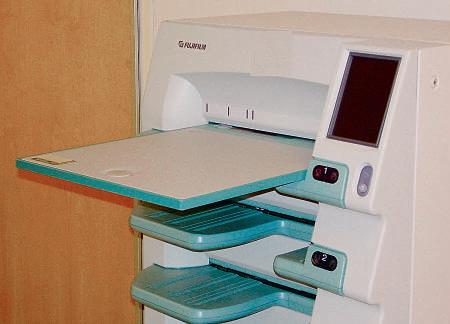
2 minute read
Post-processing
One of the advantages of digital imaging technology over filmscreen technology is the ability to post-process the image at the technologist’s workstation. Post-processing refers to changing or enhancing the electronic image for the purpose of improving its diagnostic quality. In post-processing, algorithms are applied to the image to modify pixel values. Once viewed, the changes made may be saved, or the image default settings may be reapplied to enhance the diagnostic quality of the image. It is important to note the image that has been modified at the technologist’s workstation and sent to PACS may not be unmodified by PACS. As a result of this inability of PACS to undo changes made at the technologist’s workstation, post-processing of images at the technologist’s workstation should be avoided.
PosT-PRoCessing AnD eXPosURe inDiCAToR RAnge After an acceptable exposure indicator range for the system has been determined, it is important to determine whether the image is inside or outside this range. If the exposure indicator is below this range (indicating low SNR), post-processing would not be effective in minimizing noise; more “signal” cannot be created through post-processing. Theoretically, if the algorithms are correct, the image should display with the optimal contrast and brightness. However, even if the algorithms used are correct and exposure factors are within an acceptable range, as indicated by the exposure indicator, certain post-processing options may still be applied for specific image effects.
Advertisement
Post-Processing Options Various post-processing options are available in medical imaging (see Figs. 1-160 through 1-163). The most common of these options include the following: Windowing: The user can adjust image contrast and brightness on the monitor. Two types of adjustment are possible: window width, which controls the contrast of the image (within a certain range), and window level, which controls the brightness of the image, also within a certain range. Smoothing: Specific image processing is applied to reduce the display of noise in an image. The process of smoothing the image data does not eliminate the noise present in the image at the time of acquisition. Magnification: All or part of an image can be magnified. Edge enhancement: Specific image processing that alters pixel values in the image is applied to make the edges of structures appear more prominent compared with images with less or no edge enhancement. The spatial resolution of the image does not change when edge enhancement is applied. Equalization: Specific image processing that alters the pixel values across the image is applied to present a more uniform image appearance. The pixel values representing low brightness are made brighter, and pixel values with high brightness are made to appear less bright. Subtraction: Background anatomy can be removed to allow visualization of contrast media–filled vessels (used in angiography). Image reversal: The dark and light pixel values of an image are reversed—the x-ray image reverses from a negative to a positive. Annotation: Text may be added to images.
Fig. 1-160 Chest image with no post-processing options applied. Fig. 1-161 Chest image with reversal option.


Fig. 1-162 Subtracted AP shoulder angiogram image.

Fig. 1-163 Subtracted and magnified option of shoulder angiogram.









